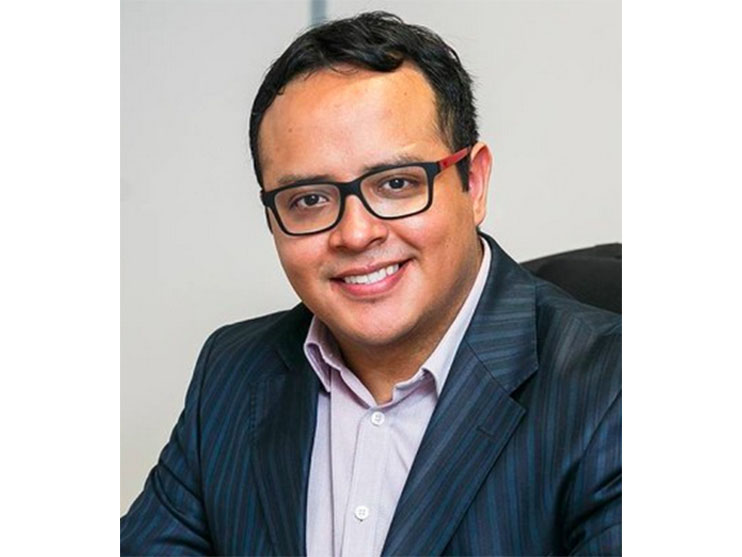News - Digital/Tech
What’s new for e-commerce CPC during Covid-19?
June 30, 2020
.jpg) Advertisement
AdvertisementPaid online ads and cost-per-click (CPC) are currently pricing low than usual, most likely attributed to scaling back on budgets from many companies. It is time for marketers to strike where the iron is hot, and focus on digital campaigns, especially in relation to pay-per-click (PPC).
Keywords such as ‘clothes online’, ‘online delivery’ and ‘online shopping’ have seen a considerable decline in average CPC, allowing for more successful campaigns as maximum CPC extends to even more clicks than usual, essentially meaning more bang for your buck.
Now more than ever, marketeers want to see a return on investment from their ads to ensure they’re in the right place at the right time with the right product, and that means carefully tracking CPC, and focus on the highest ranking keywords.
Looking at CPC prices, specifically for the Google Search Network across the United Arab Emirates, the Kingdom of Saudi Arabia and Kuwait between May 2019 and April 2020, there is a clear decrease in money spent per engagement for many e-commerce related keywords, bearing out the evidence of an increased appetite for online shopping over the past few months.
While budgets in businesses globally are stretched, the reduced CPC costs are welcome despite competition rising. Online retail giant Amazon saw a 55 per cent increase in web traffic in Kuwait during April 2020, against the average monthly figures for 2019. In the UAE and KSA there was also an increase of 20 per cent and 11 per cent, respectively.
“Now more than ever, marketeers want to see a return on investment from their ads to ensure they’re in the right place at the right time with the right product, and that means carefully tracking CPC, and focus on the highest ranking keywords.”
‘Clothes online’ saw a decrease in CPC of 23 per cent in both the UAE and KSA with the cost dropping to US $0.50 and $0.40 respectively, in Kuwait the decrease was more significant at 50 per cent to $0.28 for the month of April. In relation, GCC based online clothes and gifts store NAMSHI saw web traffic to its website increase by 64 per cent in Kuwait compared to its yearly average. Chinese online clothing store Shein recorded a 14 per cent increase in the UAE, and in KSA there was an eight per cent increase to UK based fashion retailer ASOS’s website.
Searches for ‘online delivery’ were also in high demand with a decrease in CPC in UAE at 54 per cent, in KSA at 84 per cent and Kuwait at 77 per cent, taking the price down to $0.68, $0.30 and $0.29, respectively.
‘Online shopping’ has also proved popular with reductions in average CPC across the GCC, with 54 per cent decrease in the UAE, 33 per cent lower in KSA, and a reduction of 54 per cent in Kuwait, taking the CPC to $0.30, $0.27 and $0.17 respectively, in the month of April 2020.
With smaller budgets available, the reduction in average CPC in e-commerce means there is greater opportunities for marketeers to target leads and traffic generation through carefully targeted campaigns that take into account external factors such as ad-blockers, keyword competition and individual advertising budgets that can also affect average CPC.
With the recent announcement that social platforms are now offering direct e-commerce sales, marketeers need to ensure they factor this in to planning with greater management of CPC on third party websites, with an anticipated migration to social media expected during the coming months. The division of budget to yet another platform will mean more unknowns for the marketers’ budget, and platform comparisons of CPC will be vital to tracking ROI, with footfall expected to be driven to social media.



.jpg)







